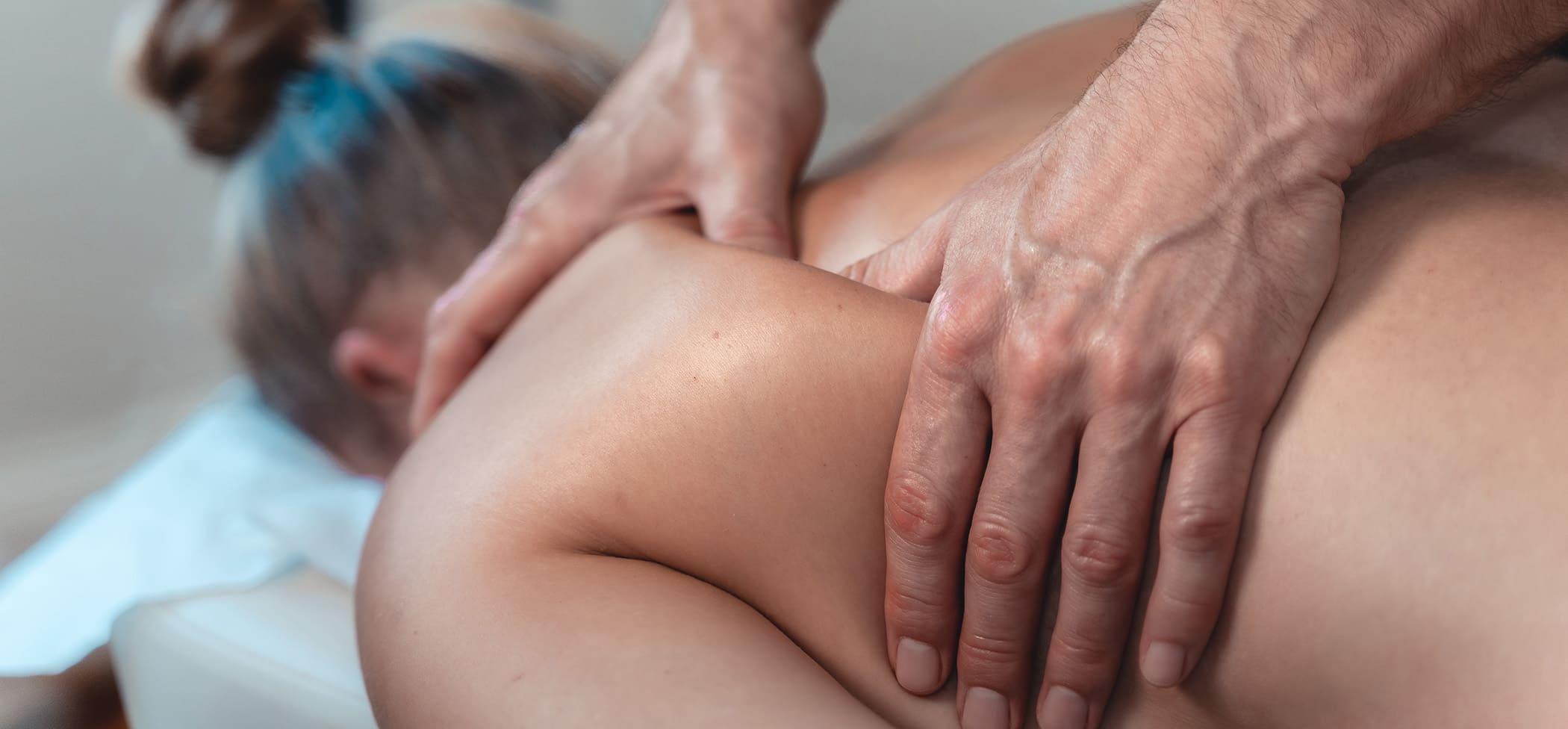MEDICAL MASSAGE IN ZURICH
In medical massage, the focus is on relieving and remedying physical pain.
At the beginning of a medical massage treatment, an extensive anamnesis is usually conducted, with the aim of accurately identifying the problem. Based on the anamnesis, various techniques, that are the most appropriate for the problem, are then combined. These techniques are, for example, classical massage, fascia therapy, deep tissue, or trigger point massage.
In contrast to wellness massage, the wellness factor does not play a role here, as the goal is exclusively to relieve pain. If you would like a wellness aspect, please discuss this with your therapist before the treatment.
AVAILABLE THERAPISTS
We couldn't find any therapist for your query
PRICES MEDICAL MASSAGES
45 minutes: 115 CHF
60 minutes: 135 CHF
75 minutes: 162 CHF
90 minutes: 192 CHF
Costs covered by health insurance 50%-90%.
No prescription from a doctor is necessary.
Most supplementary insurances cover the costs of a massage. Go to our health insurance page, select your supplementary insurance and see what therapists are recognised with your insurance.
THE FOLLOWING TECHNIQUES CAN BE APPLIED DURING MEDICAL MASSAGE TREATMENTS
CLASSICAL MASSAGE
The classical massage – also known as “Swedish massage” – is characteristic of its stretching, pulling and pressing movements.
TRIGGER POINT THERAPY
The trigger point is a small muscle spasm that is often felt like a knot or small ball and that reacts painfully to pressure.
learn more >
FASCIA THERAPY
The importance of fasciae is newly recognized in science. They are no longer regarded as pure “packaging material“ for bones, muscles and internal organs.
learn more >
DEEP TISSUE
A deep massage is a massage in which firmer pressure is applied than in the classical massage or the wellness massage.
learn more >
FOOT REFLEXOLOGY MASSAGE
This is an alternative medical therapy method in which the entire body and the organ system can be influenced by massaging the reflex zones at the feet.
learn more >
For medical massage treatments an anamnesis is performed before the treatment. This can take 5-20 minutes, depending on the complexity of your problem.
This is followed by a treatment adapted to you.
After the treatment, it is discussed whether further treatments are needed and, if so, how the therapy will continue.
FAQ
How many treatments does it usually take until my problem has been alleviated or cured?
What is a medical massage?
The biggest difference between a medical massage and a wellness massage is that a medical massage application is performed by a medically trained masseur and is designed to help treat diseases, dysfunctions, and other physical ailments. This is usually done in consultation with yourphysician or doctor.
Medical massage functions as a generic term for all types of massage that not only contribute to the physical and mental well-being of the patient, but also treat a pathological condition. All these massages are tailored to the individual needs of the patient and are often part of a therapy that is supplemented by physiotherapy and other treatments.
Usually several massage sessions are required, because the body needs time to react to the massage stimuli in the desired way. A short anamnesis on the part of the masseuse always takes place beforehand.
What effects does it have?
- Tensioning solution
- Pain relief
- Relaxation of the muscles
- Organ stimulation
- Decongestion of lymphatic and venous flow
- Improved blood circulation
- Dissolving of tissue adhesions
- Dissolving scar tissue
- Releasing trigger points
- Removal of blockades
- Acceleration of wound healing
- Increase in mobility
The effects of medical massage are as versatile as the subcategories of the massage form itself. Basically, it can be used as a supportive measure for all kinds of complaints. It relieves pain before and after operations, helps to heal wounds and improves blood circulation in the body.
The specific effect of a medical massage depends on the type of massage used. The intensity of the massage also changes depending on the desired mode of action.
For example, there is manual lymph drainage, which is used to assist the body in draining fluid from the tissues (accumulation of fluid in the tissue). Manual lymphatic drainage uses very gentle massage techniques.
Deep tissue, on the other hand, mainly uses massage techniques with strong pressure to reach the deeper layers of the body tissue and loosen knots and cramps. Different massage techniques used among other things are:
- rolls
- friction
- kneading
- vibrations
- circulations
- Cancellation
In all medical massages, the patient can and should inform the masseur if something is unpleasant or too painful at the massage.
When should it not be used?
- blood clots
- drainage of the skin, excretions
- fever
- Fresh scars and wounds
- blood-circulation diseases
In addition to the contraindications that vary from massage form to massage form, there are general factors that make medical massage inappropriate.

